Turner Syndrome Bicuspid Aortic Valve
Turner syndrome bicuspid aortic valve. There is a greatly increased incidence of aortopathy of unknown etiology including bicuspid aortic valve BAV thoracic aortic aneurysms aortic dissection and rupture. Congenital heart disease occurs in up to 50 of individuals with TS and is more common in those with a 45X karyotype. There is a greatly increased incidence of aortopathy of unknown etiology including bicuspid aortic valve BAV thoracic aortic aneurysms aortic dissection and rupture.
She presents for her annual cardiac clearance for sports participation. Im about 5 ft tall 411 34in and I was born with a congenital heart defect a bicuspid aortic valve BAV that is monitored with yearly cardiologist appts. Bicuspid aortic valve BAV represents one of the strongest risk factors for aortic dissection in Turner syndrome TS.
A 17-year-old female with mosaic Turner syndrome TS on growth hormone GH therapy has a history of a bicuspid aortic valve and mild aortic stenosis AS. Congenital or hereditary diseases such as ventricular septal defect patent ductus arteriosus coarctation of the aorta Turners syndrome Marfans syndrome etc may frequently be associated with BAV. Aortic dilatation and bicuspid aortic valve BAV are frequent in Turner syndrome TS.
She has been followed for several years with trending of her aortic measurements and aortic valve gradient. What are the common forms of cardiac disease that can occur in Turner syndrome. Most of the heart disease in TS is congenital.
Today BAV is recognized as a syndrome incorporating aortic valve disorders and aortic wall abnormalities including aortic dilation dissection or rupture. An exact relation between the occurrence of BAV and a particular karyotype has not been established yet. A repeat transthoracic echocardiogram revealed progression to severe aortic stenosis with dilated ascending aorta AA.
The aortic valve was bicuspid in 74 of 250 30 adequately imaged subjects. Most patients with Turner Syndrome who develop an aortic dissection have other associated risk factors such as hypertension aortic coarctation and bicuspid aortic valve. Girls and women with Turner syndrome face a lifelong struggle with both congenital heart disease and acquired cardiovascular conditions.
People who have serious heart disease. Heart disease found in those with Turner syndrome includes a bicuspid aortic valve and coarctationnarrowing of the aorta.
The prevalence was equal in pediatric abnormal aortic valves in TS resulted from fusion of the right and left coronary leaflets.
A 69-year-old short-statured Turner syndrome TS patient with a history of poliomyelitis in childhood and moderate bicuspid aortic stenosis BAS reported worsening dyspnea and fatigue over six months. The aim of this study was to determine the association between karyotype and prevalence of BAV. Heart disease found in those with Turner syndrome includes a bicuspid aortic valve and coarctationnarrowing of the aorta. Bicuspid aortic valve BAV represents one of the strongest risk factors for aortic dissection in Turner syndrome TS. In 90 of cases reported in the literature at least one risk factor was identified in Turner Syndrome patients with aortic dissection. She has been followed for several years with trending of her aortic measurements and aortic valve gradient. Most of the heart disease in TS is congenital. A 69-year-old short-statured Turner syndrome TS patient with a history of poliomyelitis in childhood and moderate bicuspid aortic stenosis BAS reported worsening dyspnea and fatigue over six months. The aortic valve was bicuspid in 74 of 250 30 adequately imaged subjects.
Due to short stature aortic size index ASIascending aortic diameter ADbody surface area BSAis used to identify aortic dilatation in TS patients. The prevalence was equal in pediatric abnormal aortic valves in TS resulted from fusion of the right and left coronary leaflets. Bicuspid aortic valve two cusps instead of three coarctation narrowing of aorta aortic arch anomalies constitute majority of the congenital heart defects. People who have serious heart disease. Congenital or hereditary diseases such as ventricular septal defect patent ductus arteriosus coarctation of the aorta Turners syndrome Marfans syndrome etc may frequently be associated with BAV. Bicuspid aortic valve is common and many have left-sided heart obstructive disease of varying severity from hypoplastic left-sided heart syndrome to minimal aortic stenosis or coarctation of the aorta. The aortic valve was bicuspid in 74 of 250 30 adequately imaged subjects.






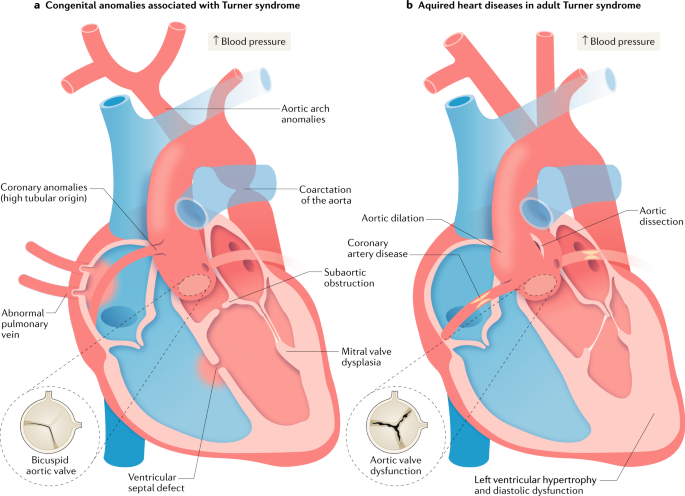





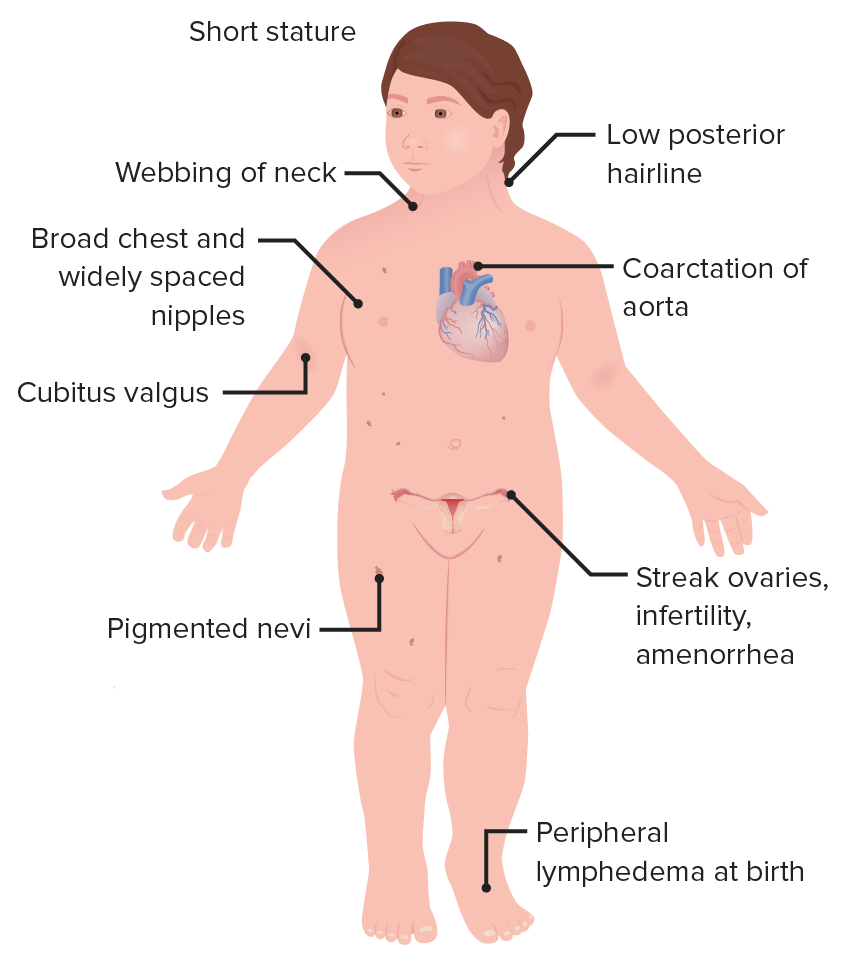

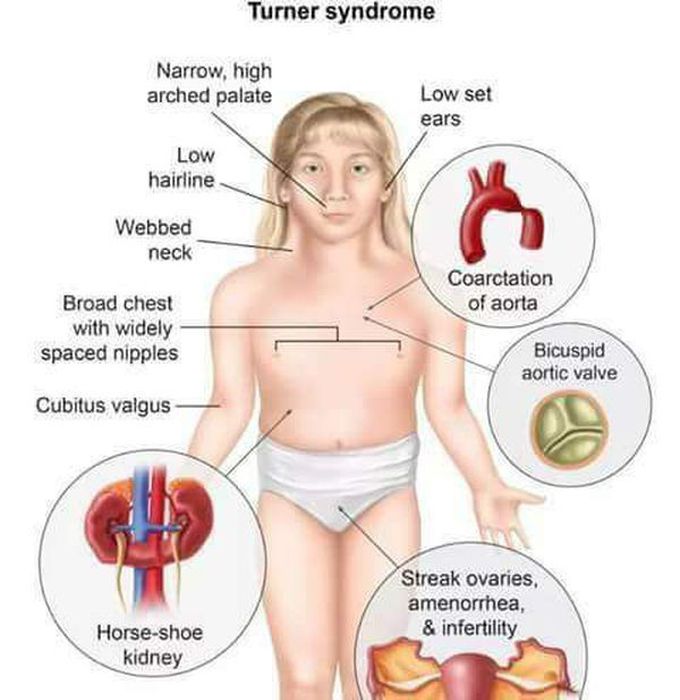

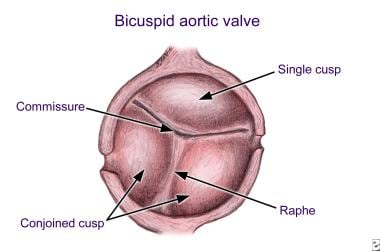

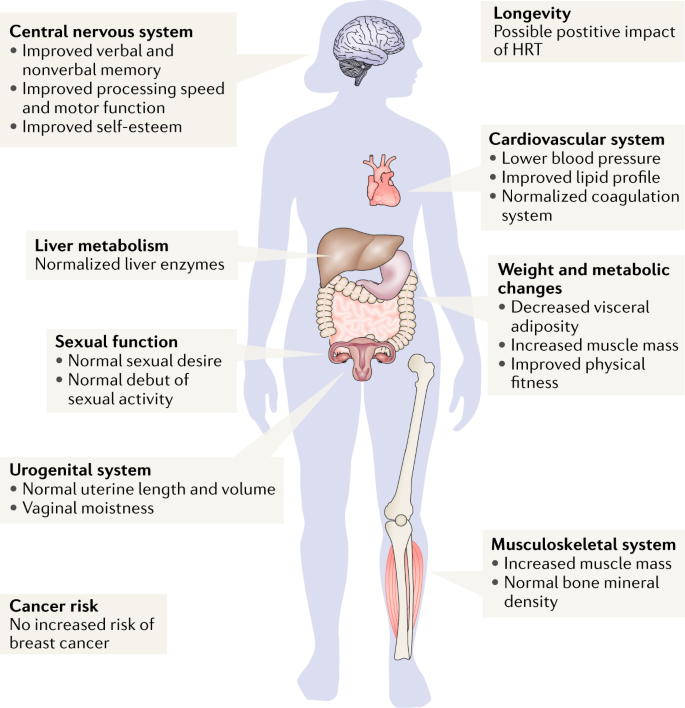














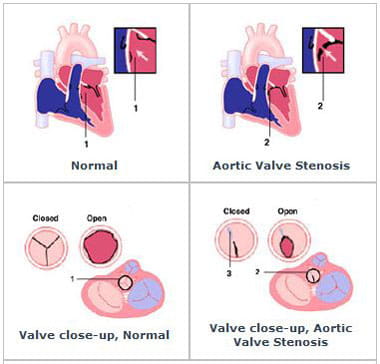
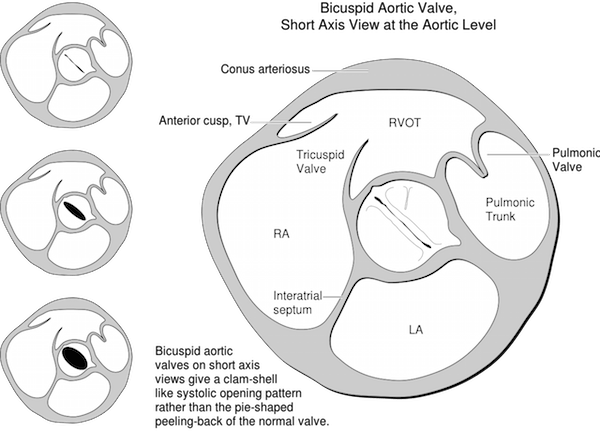






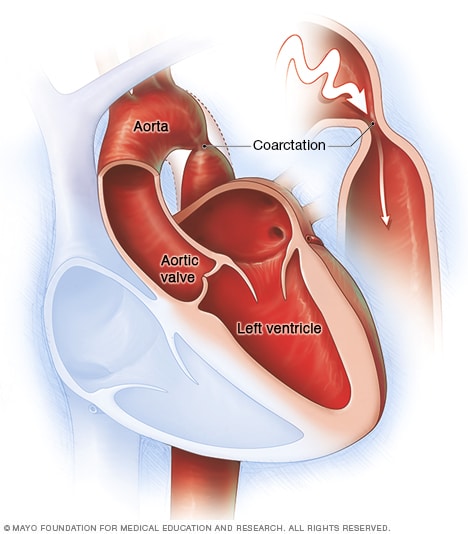

Post a Comment for "Turner Syndrome Bicuspid Aortic Valve"